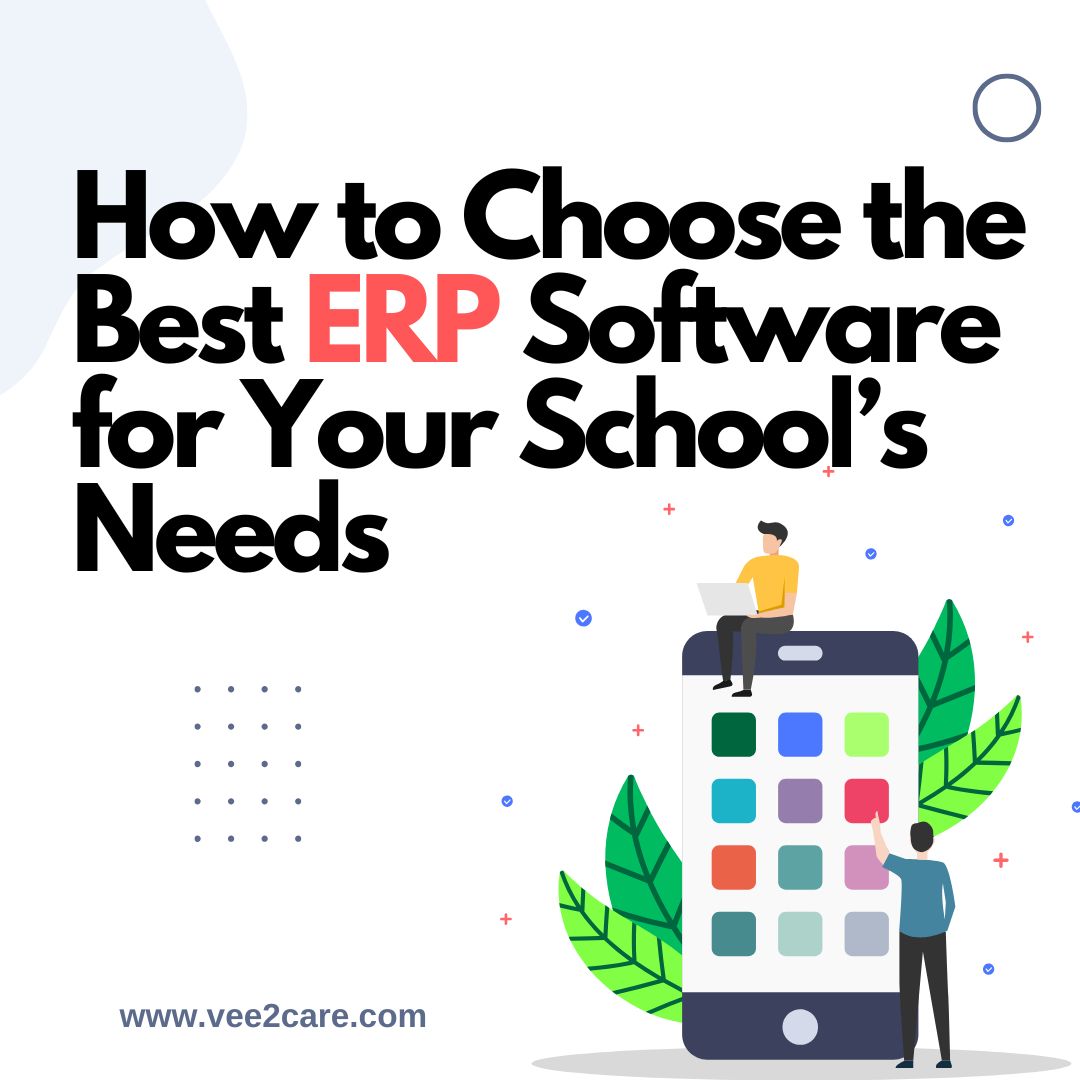How to Choose the Best ERP Software for Your School’s Needs
Introduction
Choosing the right ERP software for your school is a critical decision that can significantly impact the efficiency of your operations and the overall learning experience. With schools increasingly adopting digital solutions, an ERP system becomes essential for streamlining processes such as attendance tracking, homework management, fees billing, and bus tracking. However, with numerous options in the market, finding the perfect solution can be overwhelming. This guide will help you identify key factors to consider when selecting the best ERP software tailored to your school’s unique needs.
1. Understanding Your School’s Needs
- Assess the Challenges: Start by identifying the unique challenges your school faces. Whether it’s manual attendance tracking, inefficient fee billing, or lack of real-time performance data, knowing your pain points is essential in choosing the right ERP solution.
- Speak to Stakeholders: Engage with teachers, parents, and administrative staff to understand their needs and priorities.
2. Key Features to Look for in ERP Software
- Attendance Management: Look for systems that allow easy tracking of student attendance, automate reports, and send notifications to parents.
- Homework & Mark Management: Ensure the ERP offers tools for teachers to assign, grade, and track homework/marks efficiently.
- Fee Billing & Payments: A reliable ERP should simplify fee collection, billing, and provide students/parents with an easy-to-use payment portal.
- Bus Tracking: Real-time bus tracking features ensure student safety and give parents peace of mind.
- User-Friendliness: The software should be intuitive and easy for both administrators and teachers to use without extensive training.
- Customizability: Each school is different, so the ability to customize features and reports is a must.
3. Integration Capabilities
- Integration for Communication Channels: ERP software should integrate seamlessly with communication tools such as WhatsApp and SMS platforms. This feature enables schools to send real-time updates, reminders, and notifications to parents, improving engagement and communication.
- Centralized Access to Information : All your school’s data is consolidated into a single platform. Administrators, teachers, and parents can access relevant information from one system without needing to switch between multiple applications.
- Cloud-Based Solutions: Cloud-based ERPs offer easier access, real-time updates, and fewer maintenance issues.
4. Customer Support and Training
- Onboarding Support: A good ERP provider offers thorough onboarding and training for teachers, staff, and administrators.
- Ongoing Support: Ensure there is customer support available to resolve issues and answer queries as needed.
5. Cost vs. Value
- Pricing Plans: Understand the software’s pricing model. Some solutions offer a one-time fee, while others have subscription-based pricing.
- Hidden Costs: Be aware of any additional charges for updates, customization, or technical support.
- Scalability: As your school grows, the ERP system should be able to scale with your needs, whether it’s more students, additional features, or more complex reporting.
6. Reviews and Recommendations
- Request Demos: Most ERP vendors offer free demos or trials. Take advantage of these opportunities to test how well the software meets your needs.
- Check Testimonials : Use these testimonials to identify schools similar to yours that have successfully implemented the software.
Conclusion
Investing in the right ERP solution will not only simplify your administrative tasks but also create a more organized, efficient, and student-focused learning environment.
